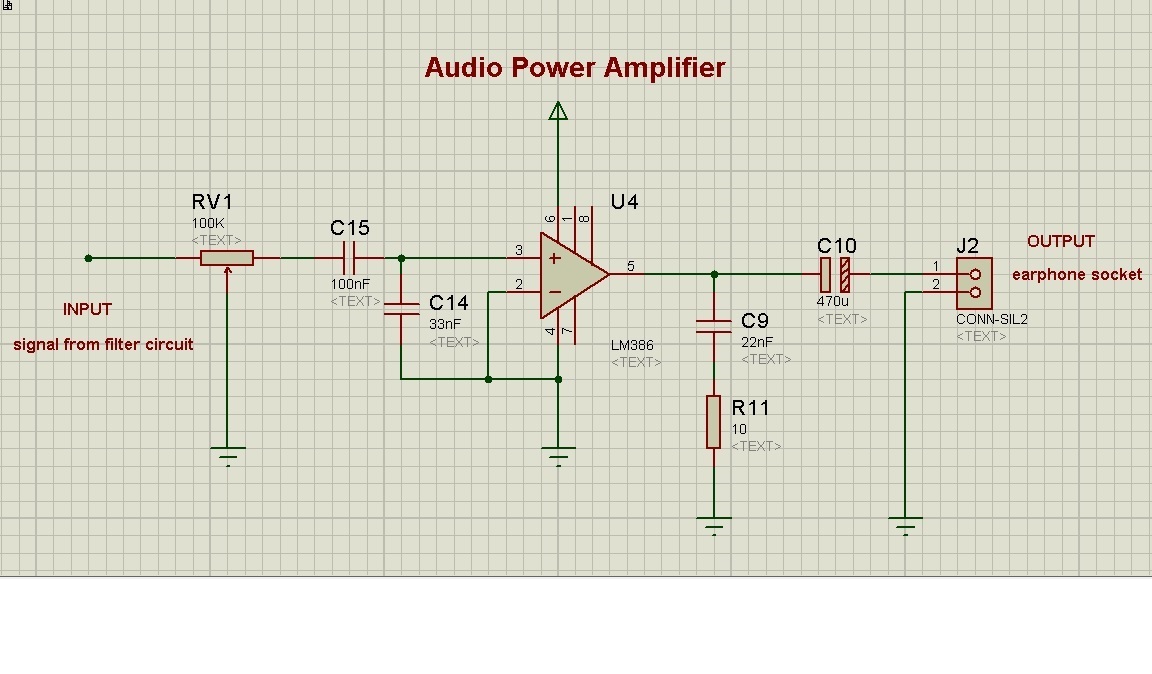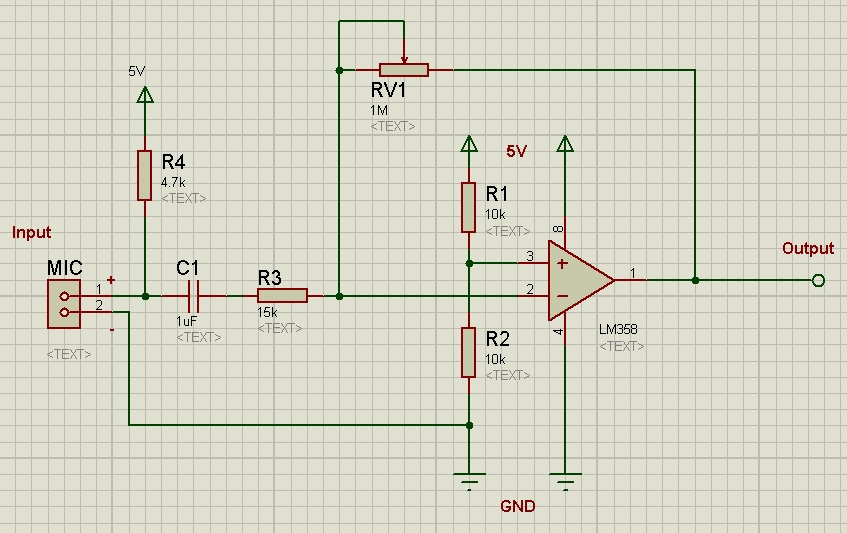The first stage of the electronic stethoscope circuit was Pre-amplifier and at the second stage filter circuits. In both the stages, op-amp LM358 was used to perform the amplification and filter task. We were supposed to connect an earphone socket at the end of the filter output so that we can insert an earphone to hear the stethoscope sound. But LM358 op-amp can’t provide enough power to drive the earphone. The reason we find is the impedance mismatch between op-amp output impedance and earphone impedance.According to maximum power transfer theorem, maximum power is achieved when the source impedance (here output impedance of the op-amp) is equal to the load impedance (earphone impedance). Since the output impedance of an op-amp is low so it can’t provide enough power to the high impedance earphone (typically, mobile earphone 16Ω to 32Ωand speaker 300 to 600Ω ). To solve this problem, We chose to use an IC name LM386 which is a low voltage audio power amplifier. And it is the 3rd stage of our electronic stethoscope circuit. For this stage, the circuit we designed was based on an example given in the datasheet.

Some useful link:
1. Why is impedance matching important? https://www.quora.com/Why-is-impedance-matching-important
2. Understanding Earphone / Headphone Specifications http://www.shure.com/americas/support/find-an-answer/understanding-earphone-headphone-specifications
3. https://en.wikipedia.org/wiki/Maximum_power_transfer_theorem
4. What is the importance of impedance in earphones or speakers? https://www.quora.com/What-is-the-importance-of-impedance-in-earphones-or-speakers


